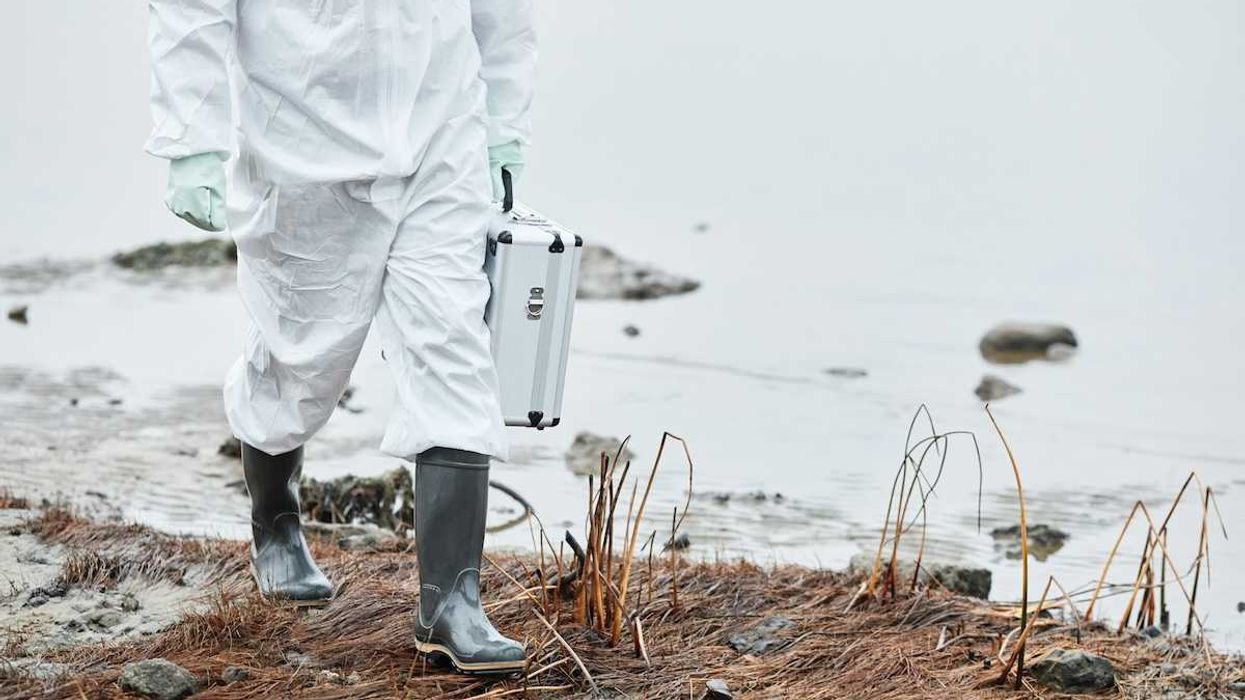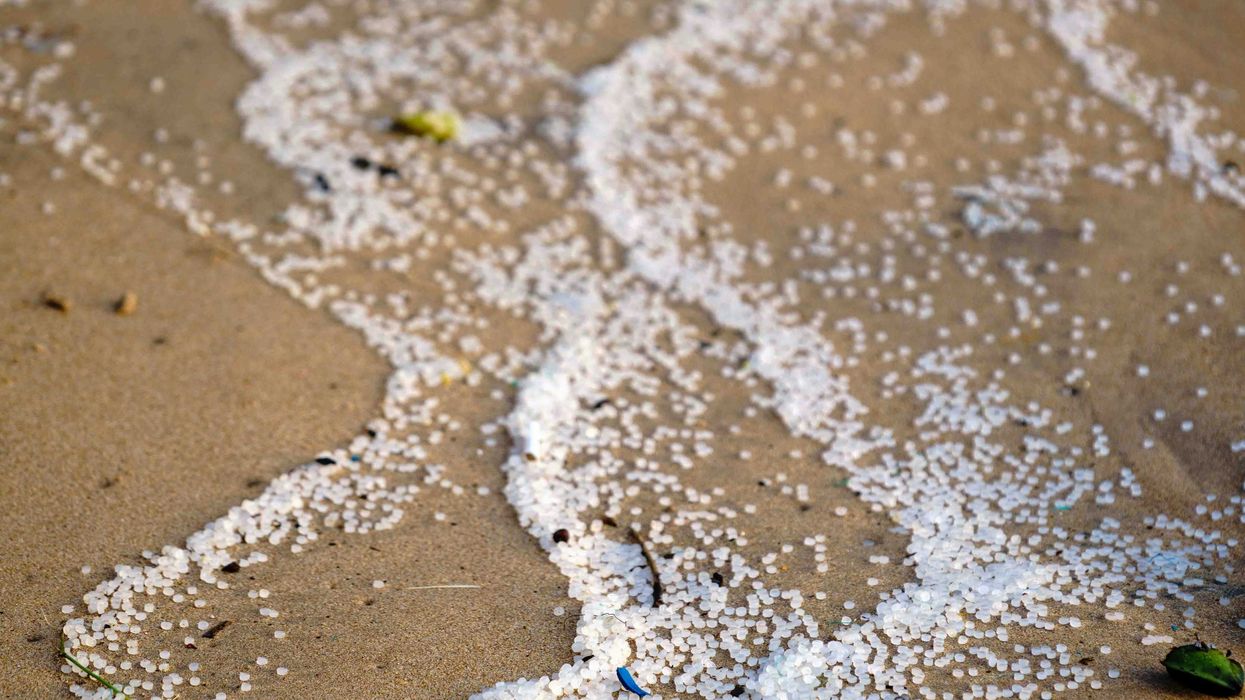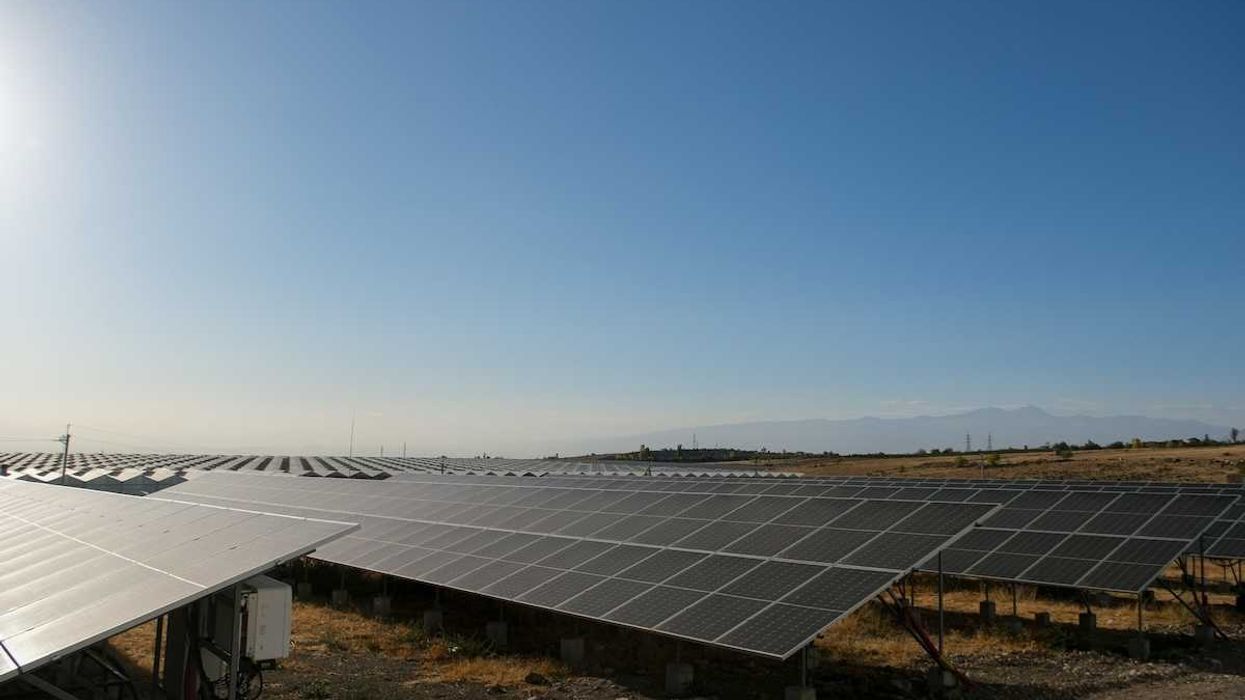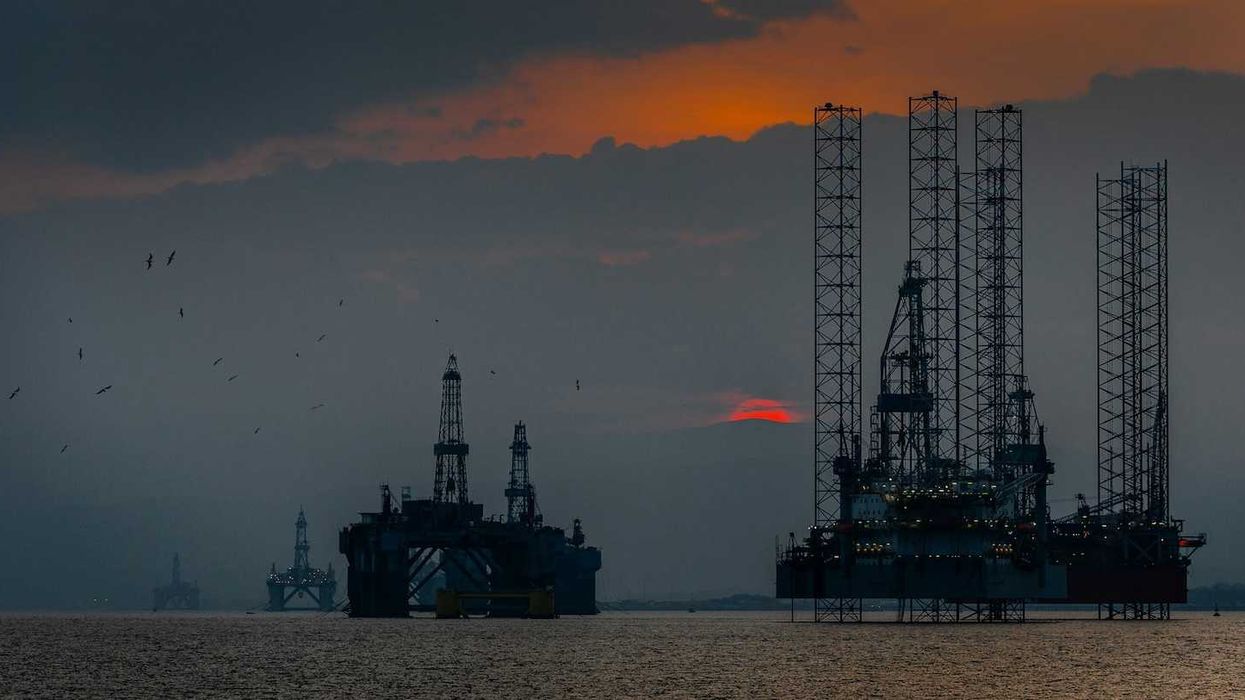New information reveals the Biden administration’s ocean conservation strategy considers areas with commercial fishing as protected, causing concern among scientists.
Catrin Einhorn reports for The New York Times
In short:
- The U.S. aims to preserve 30% of its marine areas, counting some zones that allow commercial fishing as protected.
- Scientists argue that allowing commercial fishing undermines the conservation goals intended to support biodiversity.
- The debate highlights differing global standards on what qualifies as a conserved area.
Key quote:
“Saying that these areas that are touted to be for biodiversity conservation should also do double duty for fishing as well, especially highly impactful gears that are for large-scale commercial take, there’s just a cognitive dissonance there.”
— Kirsten Grorud-Colvert, marine biologist at Oregon State University
Why this matters:
Environmentalists argue that commercial fishing in protected areas can undermine conservation goals. These areas are often designated to help replenish fish stocks and protect diverse marine ecosystems. However, fishing activities, especially those involving trawling or large-scale nets, can damage habitats and lead to overfishing, threatening the very species these zones aim to protect.














